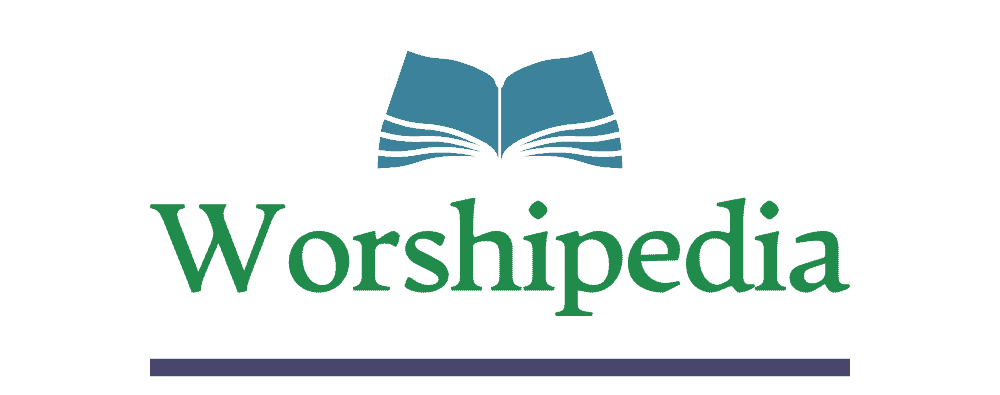Worship and Sacred Actions Throughout the Year in United Methodist Churches
Methodism began as a movement led by John Wesley (1703–1791), a priest of the Church of England who followed the Christian year as set forth in The Book of Common Prayer. When the Methodists in America set up the Methodist Episcopal Church in 1784, Wesley sent them an adaptation of The Book of Common Prayer, entitled Sunday Service of the Methodists in North America. In this work, he simplified the Anglican version of the Christian year to include: Sundays of Advent (four), Nativity of Christ (Christmas), Sundays after Christmas (up to fifteen), Sunday before Easter, Good Friday, Easter Day, Sundays after Easter (five), Ascension Day, Sunday after Ascension Day, Whitsunday (Pentecost), Trinity Sunday, and Sundays after Trinity Sunday (up to twenty-six). Every Sunday was, of course, the Lord’s Day, and all the Fridays in the year (except if one fell on Christmas Day) were “days of fasting or abstinence.”
